The ankh is one of history's most recognizable and enduring emblems. Originating from ancient Egypt, this mystical cross with a looped top has captivated humanity for millennia. But what is the true meaning behind the ankh symbolism? It's more than just an ancient relic; it's a profound symbol representing the very essence of existence, divine power, and cosmic balance. For spiritual seekers and lovers of ancient wisdom, understanding the ankh offers a gateway to some of the deepest concepts of life and spirituality.
This article delves into the rich layers of the ankh symbol, exploring its historical roots, its core meanings, and its powerful relevance in our modern world. Whether you see it in jewelry, art, or meditation spaces, you'll soon grasp why this sacred "key of life" continues to resonate so deeply with the human spirit.
What is the Ankh Symbol? A Glimpse into Ancient Egypt
Visually, the ankh (☥) is a simple yet elegant design: a Tau cross (like the letter T) surmounted by an oval or teardrop-shaped loop. In ancient Egypt, it was a hieroglyphic character that represented the concept of "life" or "breath of life." Often referred to as the "key of life," it was depicted in the hands of gods and pharaohs, who were seen as the arbiters of life on Earth and in the hereafter. Its presence in tomb paintings and on sarcophagi was a prayer for eternal existence, signifying the soul's immortality and its journey beyond the physical realm.
The precise origins of the ankh sign are debated by Egyptologists. Some theories suggest it represents a sandal strap, a magical knot, or even a ceremonial girdle. However, its most widely accepted meaning is rooted in the powerful concepts it came to symbolize. You can explore a great resource on its history at the World History Encyclopedia for a deeper academic dive.

The Core Meanings: Unpacking Ankh Symbolism
The ankh is not a symbol with a single, flat definition. Its power lies in its ability to represent several interconnected, profound ideas simultaneously. Understanding these layers is key to appreciating its full spiritual significance.
The Key of Life: Breath, Existence, and Eternal Soul
The most fundamental layer of ankh meaning is life itself. It symbolizes not just physical existence on Earth but the eternal, cyclical nature of life. For the ancient Egyptians, life did not end at death; it was a transition. The ankh was the key that unlocked the gates of the afterlife, ensuring the soul's survival and rebirth. It represents the divine breath that gives life and the sustaining force that carries it on into eternity. When a deity is shown holding an ankh to a mortal's lips, it is a depiction of them granting the "breath of life."
The Union of Opposites: Masculine, Feminine, and Cosmic Balance
Many scholars interpret the ankh's unique shape as a symbol of perfect unity and balance. The T-shaped base is seen as representing the masculine principle (associated with the god Osiris and earthly matters), while the looped top symbolizes the feminine principle (associated with the goddess Isis and the heavens). Their combination in a single form signifies the creation that arises from the union of opposites.
The Ankh embodies powerful dualities, including:
- Masculine and Feminine
- Heaven and Earth
- Physical and Spiritual
- Life and Afterlife
This meaning of the ankh symbol speaks to the universal need for harmony. It reminds us that creation and wholeness are achieved not through singularity, but through the balanced integration of different energies.
Divine Power and Authority
In countless reliefs and paintings, gods like Anubis, Isis, and Ra are depicted holding the ankh. This wasn't merely symbolic of life in general; it was a clear sign of their divine authority and power over existence itself. By holding the ankh, they held the power to give and sustain life, as well as to guide souls through the afterlife. Pharaohs, considered divine representatives on Earth, were also shown with the ankh to legitimize their rule and their connection to the gods.
The Ankh in Spiritual Practice Today
Thousands of years after the fall of the great Egyptian dynasties, the ankh continues to be a central symbol for spiritual seekers around the globe. Its ancient meanings of life, balance, and divine connection are timeless. Many people wear an ankh sign as jewelry, not as a mere fashion statement, but as a personal talisman. It serves as a reminder of their own life force, their connection to the spiritual world, and the importance of finding harmony within themselves.

In meditation, the ankh can be used as a focal point to contemplate the cyclical nature of life and to connect with a higher spiritual consciousness. Its form helps center the mind on concepts of unity and eternal being. Creating a sacred space that resonates with such powerful symbols can deepen one's practice. Instruments that utilize symbolic resonance, like a meditation gong, can fill a space with vibrations that align with this ancient wisdom.
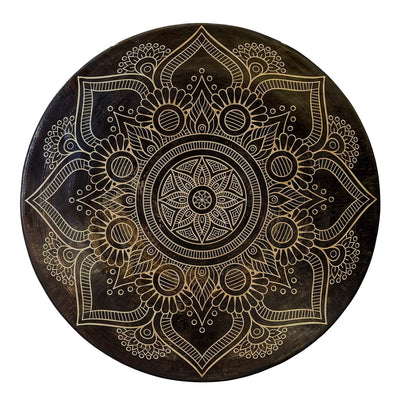
Mandala Chau Gong Percussion Instrument 60cm
$499.99
Elevate your spiritual practice with this gong inspired by sacred geometry and ancient symbolic resonance.
Explore ProductThe Ankh in Modern Culture: Jewelry, Art, and Tattoos
Beyond personal spiritual practice, the ankh has a firm place in modern culture. Its elegant and mysterious aesthetic makes it a popular choice for jewelry, home decor, and tattoos. An ankh tattoo meaning often echoes the ancient symbolism: a celebration of life, a memorial for a loved one's eternal soul, a commitment to balance, or a declaration of spiritual connection. It has been adopted by various subcultures, from Goth to New Age, each finding a unique resonance with its deep history.

The symbol's journey from an ancient hieroglyph to a global icon is a testament to its universal power. It speaks a language older than words, touching on the fundamental questions of existence that every human culture has grappled with.
As you build a sanctuary for reflection, incorporating elements rich in history and meaning can amplify your intention. Tools designed with sacred geometry and symbolic power create an atmosphere ripe for deep meditation and spiritual connection, honoring the same principles embodied by the ankh.
Enhance Your Practice with These Tools
Channel the power of sacred symbols like the ankh with this intricate Sri Yantra gong for deep meditation. Learn more ➔
Enhance your meditation space with this Flower of Life gong, blending ancient Egyptian symbolism and lasting harmony. Learn more ➔
An Enduring Legacy of Life
The ankh symbolism is a beautiful and potent legacy from the ancient world. It is a master symbol that elegantly combines the concepts of life, divinity, and balance into one iconic form. Far from being a forgotten relic, the ankh continues to serve as a powerful tool for those seeking a deeper connection to their spiritual selves and the timeless wisdom of the ages. Its message is as relevant today as it was thousands of years ago: life is a sacred, eternal force, and harmony is the key to creation.
Frequently Asked Questions about Ankh Symbolism
The ankh primarily symbolizes life and immortality. It also represents the union of masculine and feminine principles (cosmic balance), and the divine power of the gods to give and sustain life. It's often called the "key of life" as it was believed to unlock the path to eternal existence.
For many, wearing an ankh is considered very positive. It is worn as a talisman for protection, a celebration of life, and a reminder of spiritual concepts like balance and eternal soul. It is seen as a connection to ancient wisdom and personal empowerment. Ultimately, its goodness is a matter of personal belief and intention.
When a woman wears an ankh, it can symbolize several things. She may be connecting with the feminine divine principle represented by the ankh's loop (associated with the goddess Isis). It can be a powerful symbol of her own life-giving energy, creativity, and spiritual strength. It also signifies a connection to wisdom, balance, and eternal life, just as it does for any wearer.
The ankh originates from ancient Egyptian polytheistic religion, not from the Abrahamic faiths (Judaism, Christianity, Islam). Therefore, the Bible, Torah, or Quran do not mention the ankh. Some Christian interpretations view it as a pagan symbol, while others, like the Coptic Christians in Egypt, adopted a similar shape (the crux ansata) to represent Christ's resurrection and eternal life, blending ancient symbolism with new faith.
In ancient Egypt, the ankh was a hieroglyph for "life." It symbolized the breath of life granted by the gods, the soul's immortality and journey in the afterlife, the creative power of the universe through the union of male and female principles, and the divine authority of the gods and pharaohs.

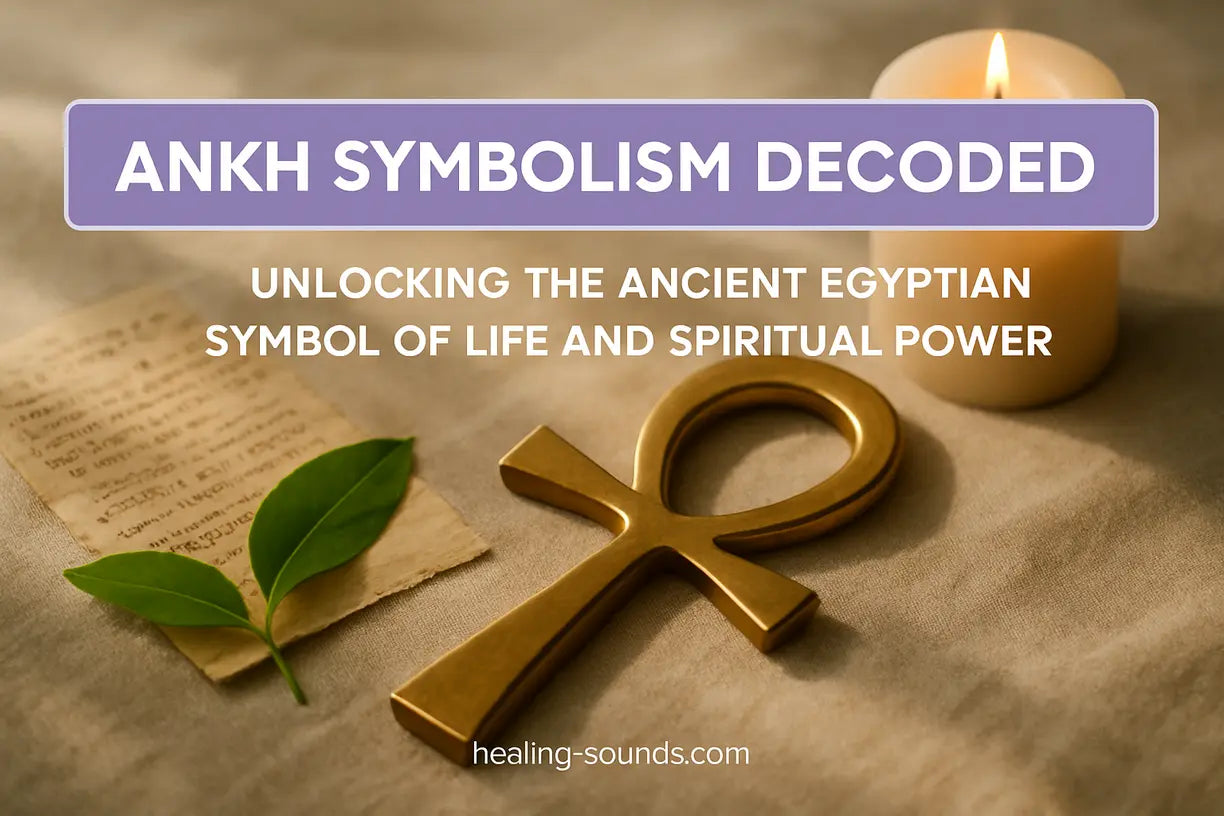


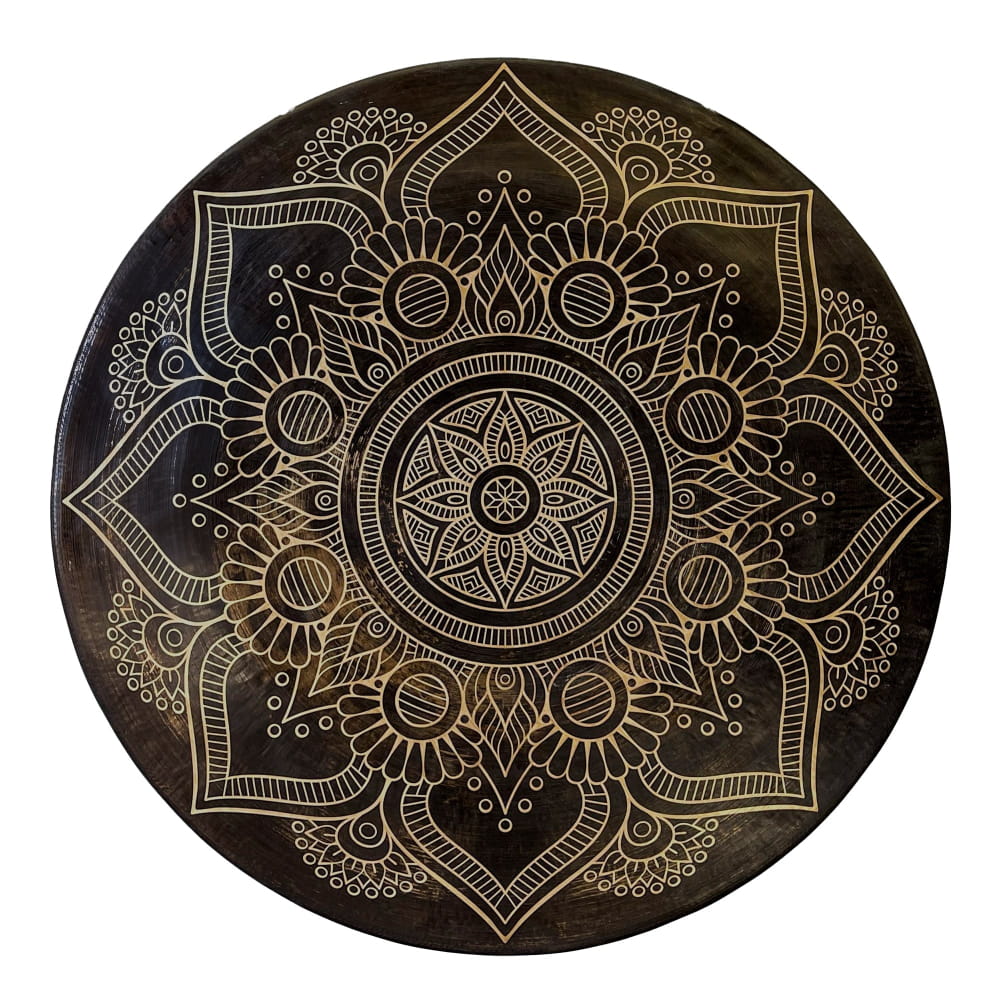

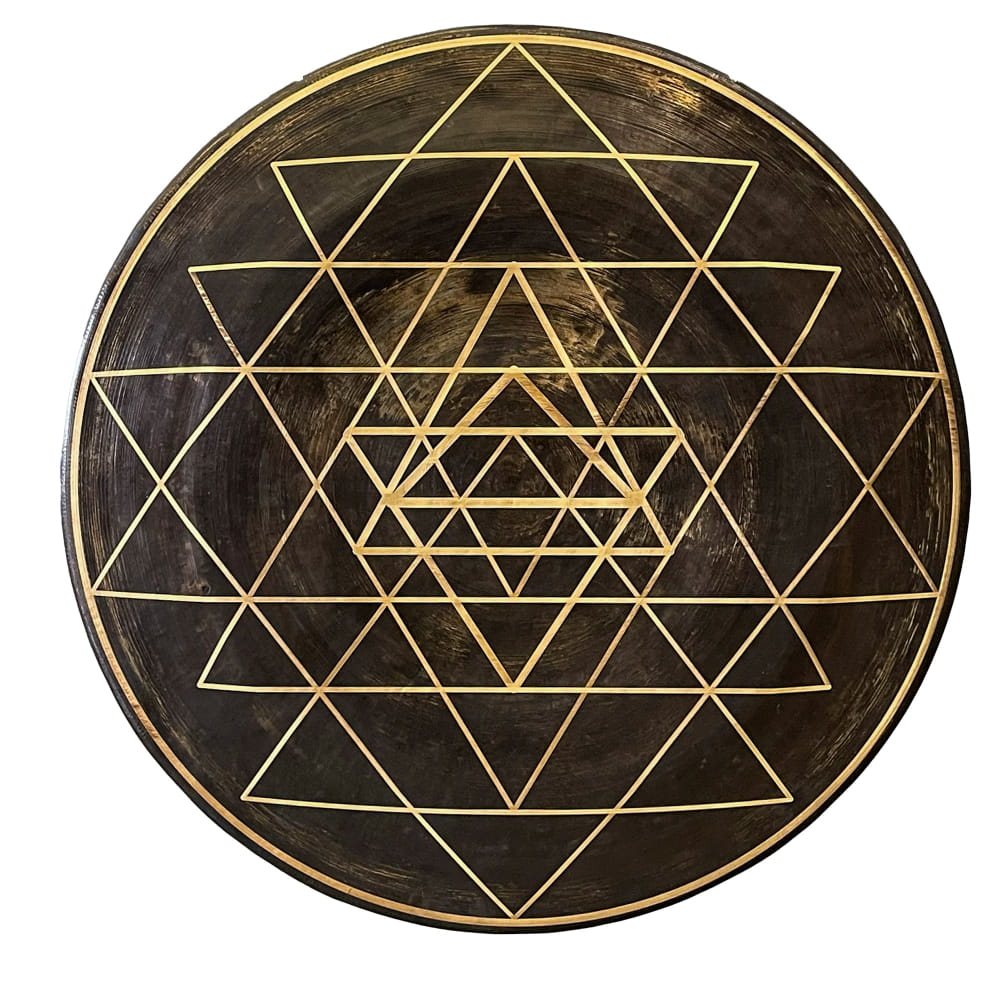

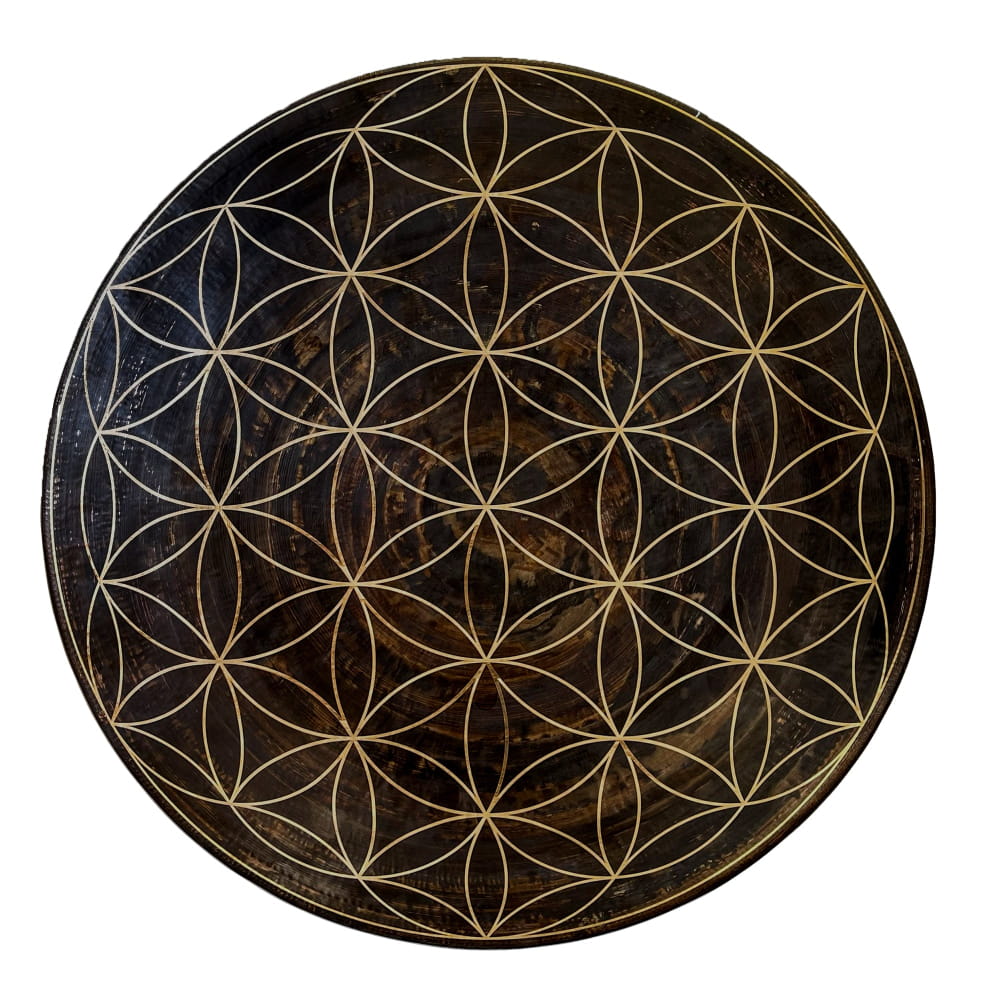

1 comment
Alfred gidela
0727043530